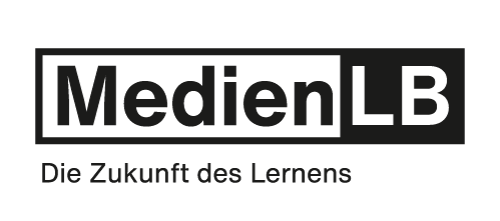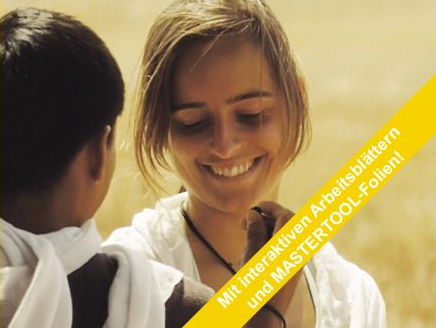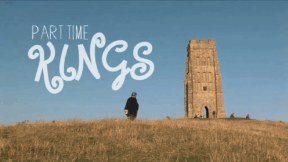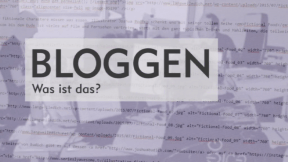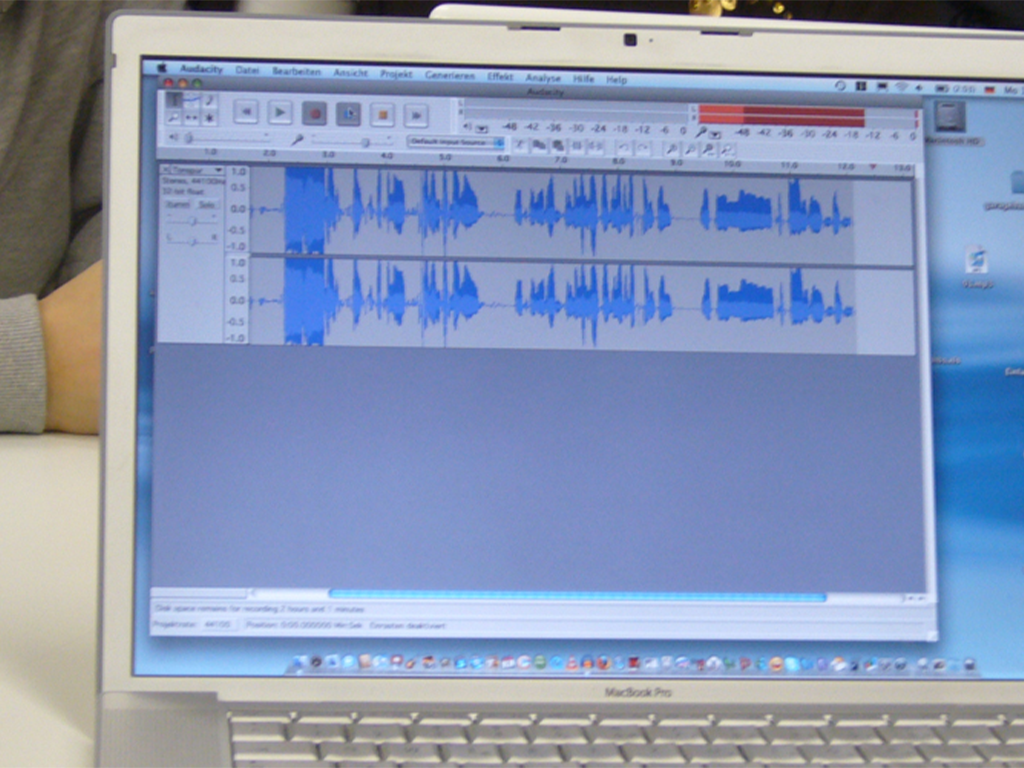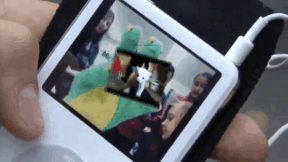 Music
Music
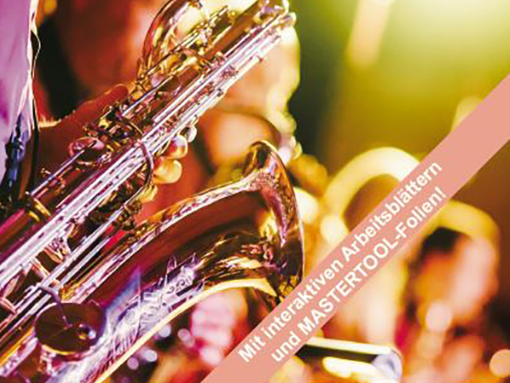
4673668 / 5562358
What Is Jazz?
History and Music Genres
Lucia Martinez:
“Jazz is spontaneity, technique and listening.”
Lorenzo Panico:
“Sax, live instruments and great people!”
Bill Evans:
“Innovation, creativity, future.”
Boy:
“Beautiful music, and above all, music that is pretty much based on improvisation …”
Teacher:
“Spontaneously I must say Nazis – I’m sorry – because it was forbidden back then, Afro-Americans … and mathematics teachers.”
Helmut Bruger:
“Jazz is music, a language … and fun!”
Man:
“… the attempt to play music out of the moment. This encompasses improvisation, and also reacting to the audience, to the atmosphere. Technically, you should mainly play without notes. Of course, all musicians have their schemes in their heads or maybe even before their eyes but on principle, it is making music on the spur of the moment. Also, to some extent, for me the jazz language is also part of jazz, of course. This goes somewhat into a theoretical direction. This means certain chords play a part and I think that swing, for example, has a strong influence on jazz. And swing is articulated and played in a different way than, for instance classical music.”

Curriculum-centred and oriented towards educational standards
Matching
Blogging
The weblog or blog, for short, as a medium is not much older than this century. Blogs came into being in the World Wide Web as ’messages from below’, as web pages from web creators who wanted to share their view of the world with the world. They are short notes, long texts, pictures, videos, which are posted loosely and at random intervals to the world for an undefined public.
Podcasting
Today, the use of new media has become a matter of course not only in everyday life – schools and teaching, too, benefit from the new technologies and methods, which support active and independent learning. Especially in computer science, ethics and language courses but also in all other subjects, modern media are a valuable pedagogic and didactic asset. This DVD uses the example of podcasts to demonstrate how the possibilities opened up by new media can be applied in the classroom and how the pupils can be taught to handle them in a competent and target-oriented manner. The film is aimed at supporting the use of podcasts at school and encourages making them. This also requires the ability to find information on the Internet and assess it. The film informs on the functionality of podcasts and technical background as well as on the teaching and learning possibilities offered by podcasts – ranging from specific contents to superordinate learning targets such as the advancement of creativity and team spirit. The DVD is a useful support for teachers applying new media and wishing to show their pupils how to handle Running Time: 20:29 ms them in a sensible way.



